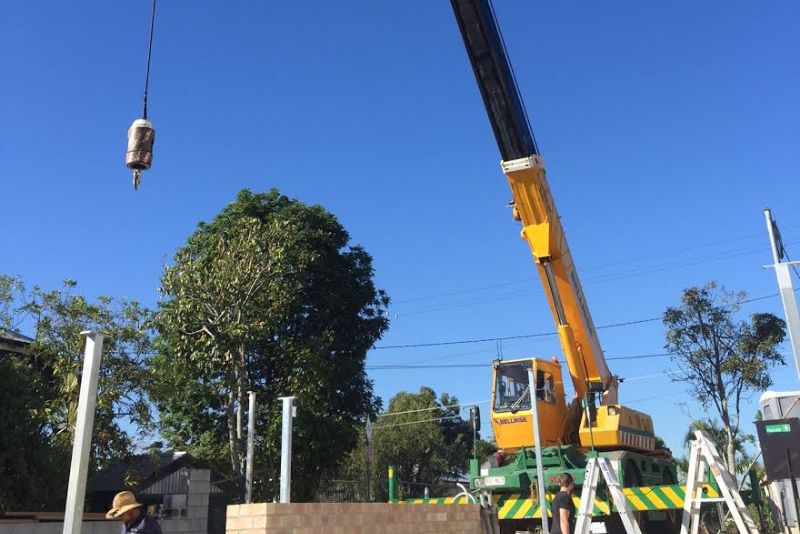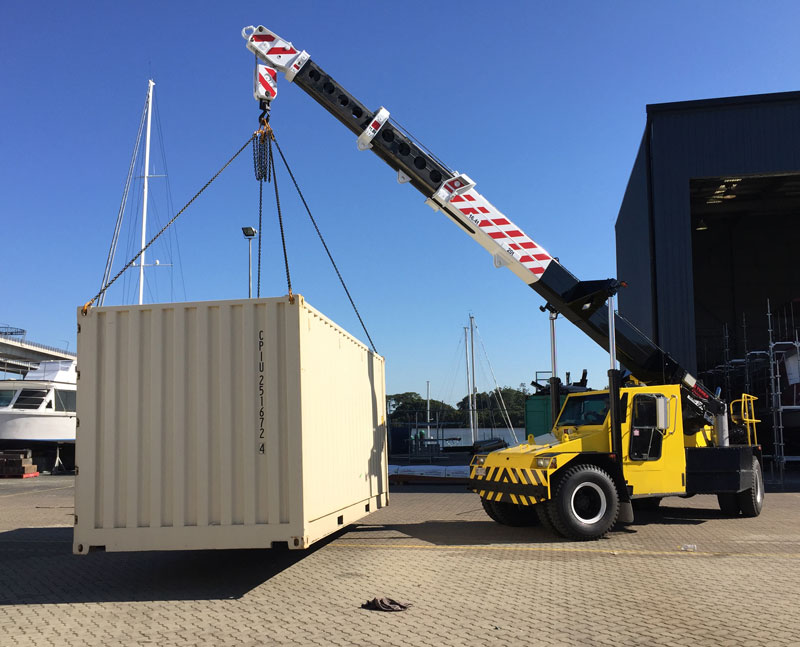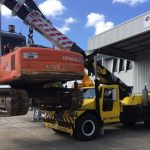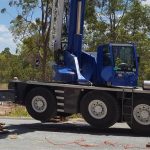What Type of Licence Do You Need to Operate a Mobile Crane in Australia?
Operating mobile cranes in Australia requires specific High Risk Work (HRW) Licences based on the crane’s type and capacity. This ensures operators are competent to manage the risks associated with these powerful machines. Below is a detailed look at the licensing requirements for slewing mobile cranes and non-slewing (pick-and-carry) mobile cranes.
Slewing Mobile Cranes

Slewing mobile cranes are equipped with a rotating boom or jib that can pivot 360 degrees, making them versatile for various lifting tasks. These cranes include hydraulic boom cranes and lattice boom cranes.
Licensing for Slewing Mobile Cranes
The type of HRW Licence you need depends on the crane’s maximum lifting capacity:
- C2 Licence: For slewing cranes with a capacity up to 20 tonnes.
- C6 Licence: For slewing cranes with a capacity up to 60 tonnes.
- C1 Licence: For slewing cranes with a capacity up to 100 tonnes.
- CO Licence: For slewing cranes of any size (open class).
When You Need This Licence
You need an HRW Licence for slewing mobile cranes regardless of their capacity, as long as they are used for lifting loads.
Non-Slewing Mobile Cranes (Pick-and-Carry Cranes)

Non-slewing mobile cranes, commonly referred to as pick-and-carry cranes (the most common in Australia is the Franna crane), have a fixed boom or jib that does not rotate. They are widely used in construction and industrial settings for their ability to transport loads while lifting.
Licensing for Pick-and-Carry Cranes
Exemptions
You do not need an HRW Licence for operating non-slewing mobile cranes with a capacity of 3 tonnes or less.
Obtaining an HRW Licence
To operate any mobile crane requiring an HRW Licence, follow these steps:
- Training: Complete an accredited course with a Registered Training Organisation (RTO) to learn safe operating practices.
- Assessment: Pass a practical and theoretical assessment conducted by a qualified assessor.
- Application: Submit your licence application to your local workplace safety authority (e.g., SafeWork, WorkSafe).
Why Licensing is Important
Operating mobile cranes without the correct HRW Licence is illegal and increases the risk of accidents, endangering lives and property. Licensing ensures operators are trained to handle various crane operations safely and efficiently.
For more detailed information on HRW Licence requirements, visit Safe Work Australia or your state or territory’s workplace safety authority.
This blog focuses on the requirements for slewing mobile cranes and non-slewing mobile cranes, which are the most common types used in mobile crane operations. By ensuring compliance with licensing laws, operators can maintain a safer working environment and avoid legal penalties.
Sources:
https://www.safeworkaustralia.gov.au/doc/guide-mobile-cranes




